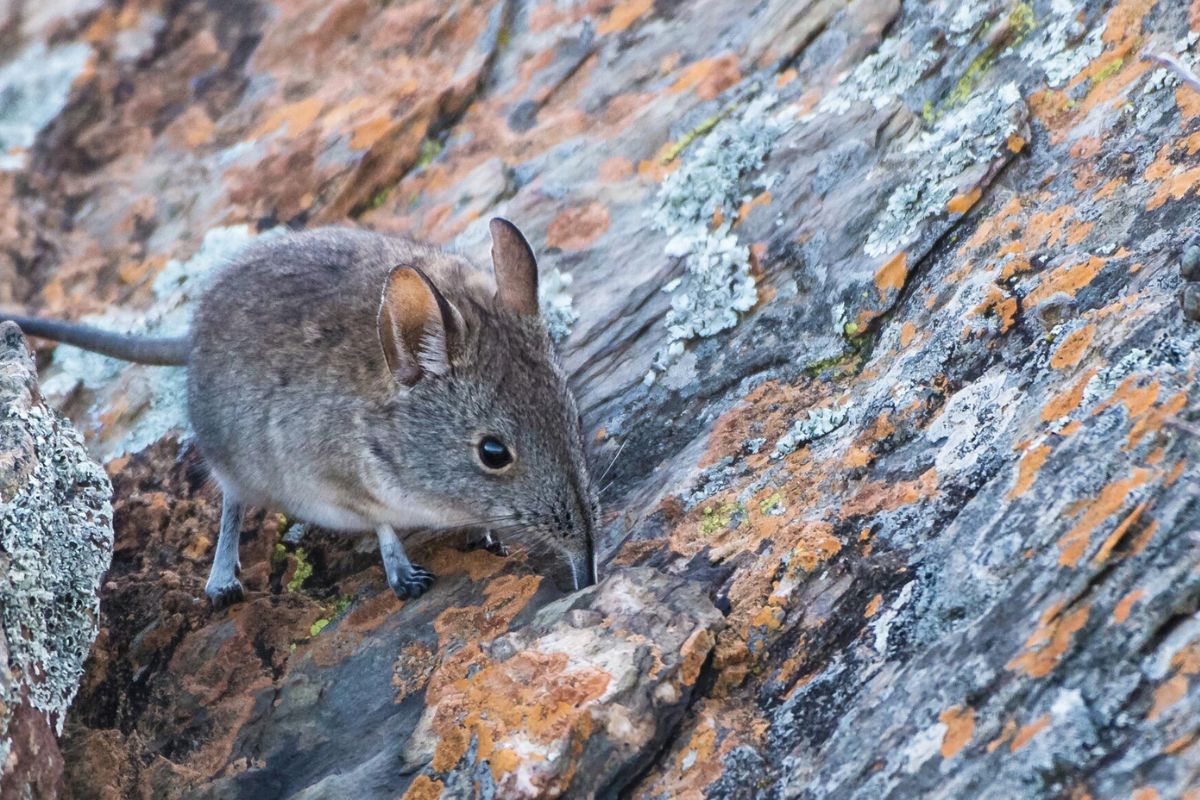Echoing Elephant Shrew Habitats In Africa

Have you ever wondered where the elephant shrew calls home? These tiny, quick creatures, also known as sengis, inhabit various parts of Africa. From dense forests to arid deserts, their habitats are as diverse as the continent itself. You might spot them darting through the underbrush in Kenya or scurrying across rocky terrains in Namibia. Their long noses and swift movements make them fascinating to watch. Understanding where they live can help us appreciate their role in the ecosystem. Ready to learn more about these unique animals and their homes? Let's dive into the world of the elephant shrew.
Echoing Elephant Shrew Habitats in Africa
Elephant shrews, also known as sengis, are small insectivorous mammals native to Africa. Despite their name, they are not related to shrews but share a distant connection with elephants. These fascinating creatures inhabit various regions across the continent, each offering unique landscapes and ecosystems. Let's explore some of the most notable habitats where you can find these elusive animals.
Coastal Forests of Kenya
Kenya's coastal forests provide a lush and diverse environment for elephant shrews. These forests are rich in flora and fauna, making them an ideal home for these tiny mammals.
Arabuko-Sokoke Forest: This is the largest coastal forest in East Africa and a biodiversity hotspot. Elephant shrews thrive here due to the dense undergrowth and abundant insect life.
Shimba Hills National Reserve: Located near the coast, this reserve offers a mix of forest and grassland, providing a varied habitat for elephant shrews and other wildlife.
Dry Savannahs of Tanzania
Tanzania's dry savannahs offer a stark contrast to the coastal forests but are equally important for elephant shrews. These open landscapes are characterized by sparse vegetation and a hot climate.
Serengeti National Park: Known for its vast plains and diverse wildlife, the Serengeti is also home to several species of elephant shrews. The open terrain makes it easier to spot these quick-moving creatures.
Ruaha National Park: This park's rugged landscape and dry conditions create a unique habitat for elephant shrews, who have adapted to the challenging environment.
Mountainous Regions of South Africa
South Africa's mountainous regions provide a cooler and more varied habitat for elephant shrews. The diverse topography and climate support a wide range of plant and animal life.
Drakensberg Mountains: These mountains offer a mix of grassland and forest, creating a perfect environment for elephant shrews. The cooler temperatures and varied terrain make it an ideal habitat.
Table Mountain National Park: Located near Cape Town, this park's unique fynbos vegetation supports a variety of small mammals, including elephant shrews.
Desert Areas of Namibia
Namibia's deserts may seem inhospitable, but they are home to several species of elephant shrews. These resilient animals have adapted to survive in harsh, arid conditions.
Namib Desert: Known for its towering sand dunes and extreme temperatures, the Namib Desert is a challenging but fascinating habitat for elephant shrews. Their ability to find food and water in such a harsh environment is remarkable.
Skeleton Coast: This remote and rugged coastline offers a unique desert habitat where elephant shrews can be found. The sparse vegetation and harsh climate make it a challenging place to live.
Forests of Central Africa
Central Africa's dense forests provide a rich and diverse habitat for elephant shrews. These forests are teeming with life, offering plenty of food and shelter for these small mammals.
Congo Basin: This vast rainforest is one of the most biodiverse areas on the planet. Elephant shrews thrive in the dense undergrowth, where they can find plenty of insects to eat.
Gabon’s Lope National Park: This park's mix of forest and savannah provides a varied habitat for elephant shrews. The diverse ecosystem supports a wide range of wildlife, making it an ideal place for these tiny mammals.
Preserving the Elephant Shrew's Home
Protecting elephant shrew habitats in Africa is vital. These small creatures play a big role in their ecosystems. They help control insect populations and spread seeds. Loss of habitat from deforestation and human activities threatens their survival. Conservation efforts are needed to maintain the balance of these ecosystems.
Supporting local conservation programs can make a difference. Educating communities about the importance of these animals helps too. Simple actions like reducing deforestation and protecting natural areas can go a long way.
Elephant shrews are more than just cute animals. They are key to the health of their environment. By working together, we can ensure these unique creatures continue to thrive in their natural habitats. Let's take steps to protect their homes and, in turn, preserve the rich biodiversity of Africa.

